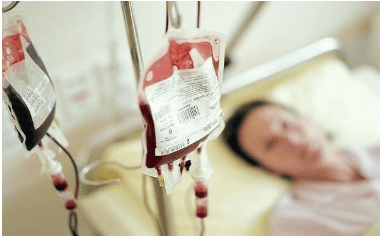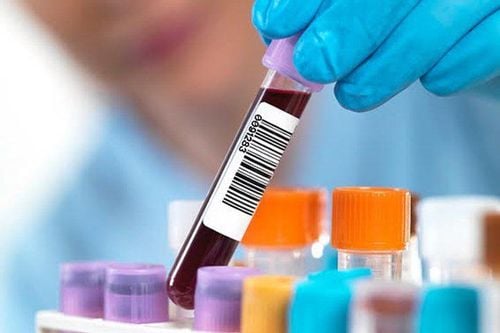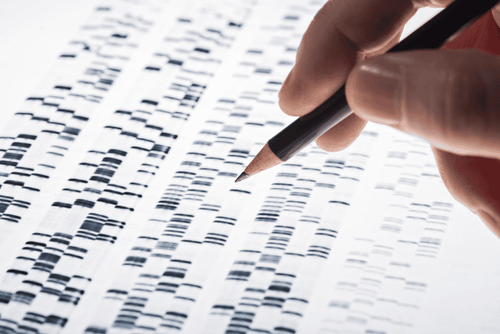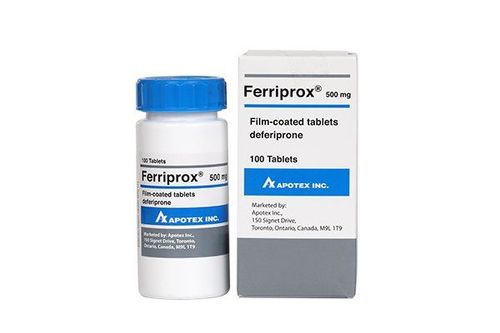This is an automatically translated article.
Posted by Dr Pediatrician - Pediatric Center - Vinmec Times City International Hospital
Thalassemia is an inherited congenital hemolytic anemia caused by a deficiency in the synthesis of one or more polypeptide chains in the globin of hemoglobin. The word thalassemia is a Greek word for blood disease of the sea, because it was first discovered and widespread in the Mediterranean region. Depending on the deficiency in alpha, beta or moderate delta and beta circuits, it is called α-Thal, β-Thal or delta-β Thal.
1. What is Thalassemia disease?
In Southeast Asia, including Vietnam, the frequency of carrying β Thal and αThal genes is quite high. β Thal includes severe forms (homozygous), intermediate forms, and mild forms (heterozygous).
Thalassemia disease has the following manifestations:
Anemia from 6 months of age or older: blue skin, pale mucous membranes, occurs gradually. The degree of anemia is moderate to severe. Usually mild jaundice Dark urine

2..Tests to diagnose Thalassemia
Tests show that red blood cells are reduced, small red blood cells are hypochromic (MCV, MCH decrease), Hb is greatly reduced, the shape of red blood cells is quite specific: hypochromic, irregular size, many red blood cells, drops of water, red blood cells thin, unevenly colored. The erythrocyte osmolarity increased, the reticulocyte increased. The Hb electrophoresis test shows an increase in Hb F, an increase in Hba2, and a severe decrease in Hba1 (usually done when the child is over 6 months old). Biochemical tests: Bilirubin increases, mainly indirectly, iron and ferritin increase Accordingly, the method of finding gene mutations is the most accurate diagnosis, which can be done right after birth. Thalassemia is a chronic disease, which should leave serious consequences if not treated promptly. Thalassemia patients can be easily recognized through the following symptoms: Enlarged spleen, enlarged liver, facial bone deformities such as protruding forehead, flat nose, protruding maxillary incisors, head with a hump called Thal face, dull skin. Growth retardation, delayed puberty, heart failure due to anemia, iron infection.

3. Treatment of Thalassemia
Although the disease cannot be cured, the following treatments can reduce the risk of complications, in people with mild disease can lead a normal life:
Routine blood transfusions: Start infusion when Hb70g/L, to maintain Hb 100. -110 g/l, HC block, depending on the degree of anemia, once every 3-4 weeks, dose 15ml/kg. Iron chelation: Start when ferritin is over 1000 ng//ml, desferrioxamine drug, dose 40-60 mg/kg/day, 5 times/week, slow subcutaneous injection by injector for 8-10 hours. Oral deferiprone can be used. Splenectomy : Splenectomy reduces the need for blood transfusion due to hypersplenism . However, there is an increased risk of infection, so 2 weeks before splenectomy, patients must be vaccinated with pneumococcal, haemophilus influenza, meningococcal vaccines. Good results in young children from 3-5 years old due to a small amount of blood transfusion, no serious complications. Umbilical cord blood transplantation is also possible if HLA is compatible between the fetus and the affected child. Gene therapy: Is a measure to solve the root cause of this disease, but this measure is still in the research stage. The research objective was to attach the normal globulin-β gene to the source cells and use the source cells for transplantation. Supportive treatment: Hormones such as growth hormone, thyroid, estrogen, testosterone if indicated. Treatment of osteoporosis and heart complications,...

In addition, patients should pay attention, avoid eating foods containing a lot of iron such as red meat (beef, pork, animal liver). Eat foods that reduce iron absorption such as milk and dairy products, green tea.
With thalassemia intermedia, presenting as severe but milder, anemia occurs more slowly, does not require much blood transfusion, iron chelation therapy is also necessary in older children when serum ferritin is above 1000 ng/ml .
In mild form, almost patients will have no clinical symptoms or mild anemia, only detected when doing blood tests.
Thalassemia disease has not been completely cured so far, methods of repairing faulty genes, marrow transplantation or umbilical cord blood stem cell transfusion have good results but cannot be implemented on a mass scale. Therefore, treatment with blood transfusion, iron chelation, and a reasonable diet are still first-line treatments to improve quality of life and limit complications caused by the disease. This is a lifelong disease, so it requires the attention of society and the treatment adherence of the patient and the patient's family.

Currently, the best way to prevent Thalassemia is to raise public awareness and limit the birth of children who carry the disease gene or have the disease. Therefore, when determining the case of carrying the disease gene, the patient will be advised to test for the whole family to prevent for the next generation.
Go to medical facilities for medical examination when:
Have any one of the following symptoms: Fatigue, weakness, shallow breathing, yellow skin, dark urine, bone deformities, physical retardation , splenomegaly. Risk factors such as: having a family member with hemophilia or living in an area with high prevalence of the disease. One of the methods being implemented at Vinmec International General Hospital to diagnose Thalassemia is the prenatal diagnosis method of Thalassemia for families with fathers. If the mother carries the mutated gene, the postpartum cases of suspected hemolytic disease need to do molecular genetic diagnosis to confirm the diagnosis, prognosis and genetic counseling.
In addition, in the near future, the method of preimplantation diagnosis for congenital hemolytic disease will be performed at Vinmec, this method has the advantage of helping couples carrying the mutated gene to proceed. select healthy embryos (embryos that do not carry mutations) and thus exclude genes that cause disease in the next generation without the need for invasive prenatal diagnostic procedures such as amniocentesis and chorionic villus sampling.
Please dial HOTLINE for more information or register for an appointment HERE. Download MyVinmec app to make appointments faster and to manage your bookings easily.
SEE:
Can detect the risk of thalassemia in children if genetic testing before pregnancy [Vinmec Times City] Vinmec successfully screened embryos to help parents carrying thalassemia gene have healthy babies Frequently Asked Questions about NIPT . prenatal screening













